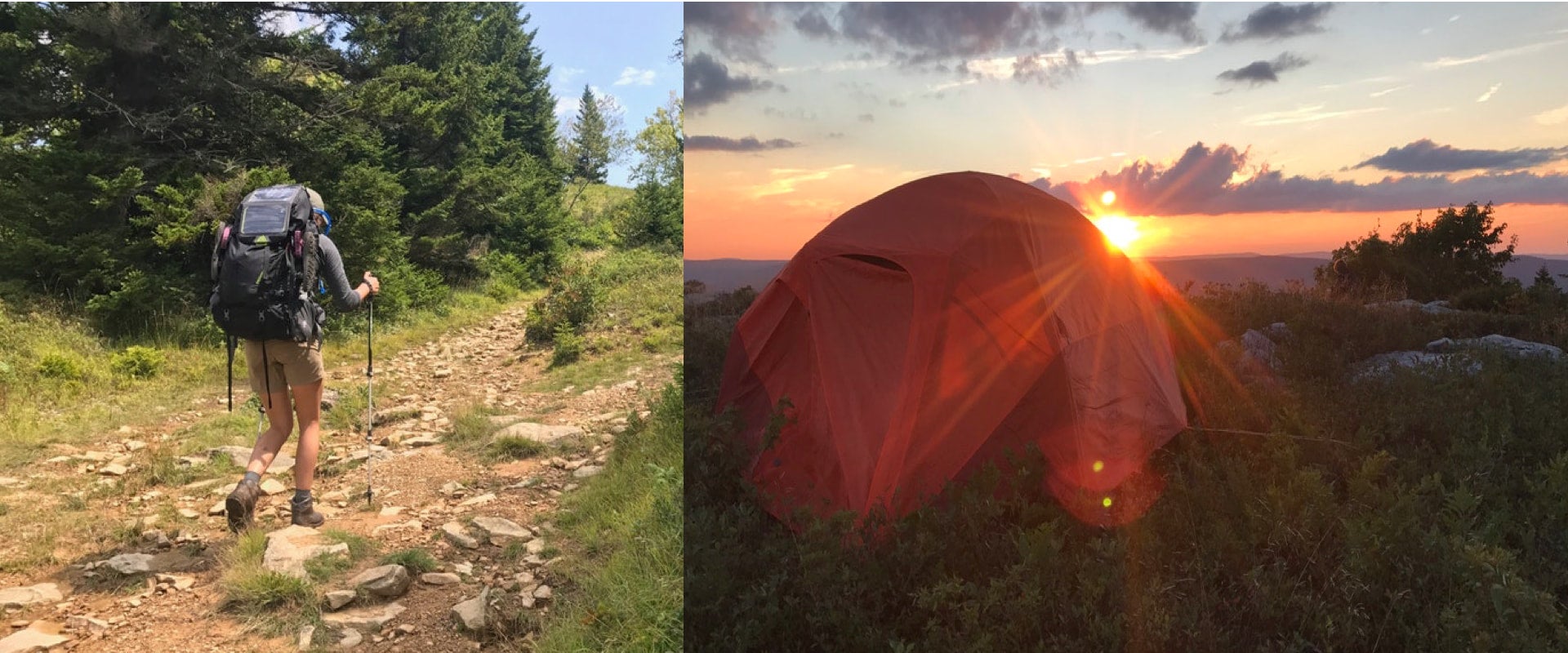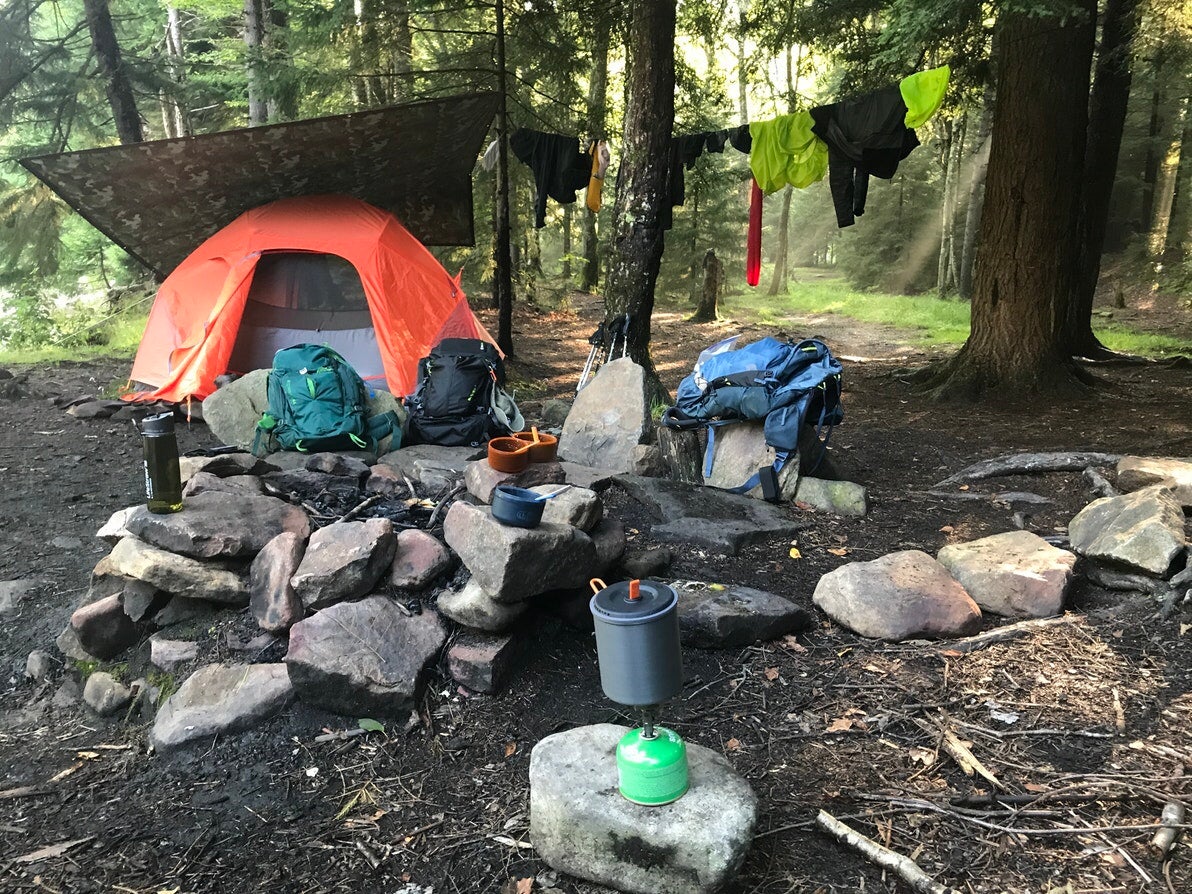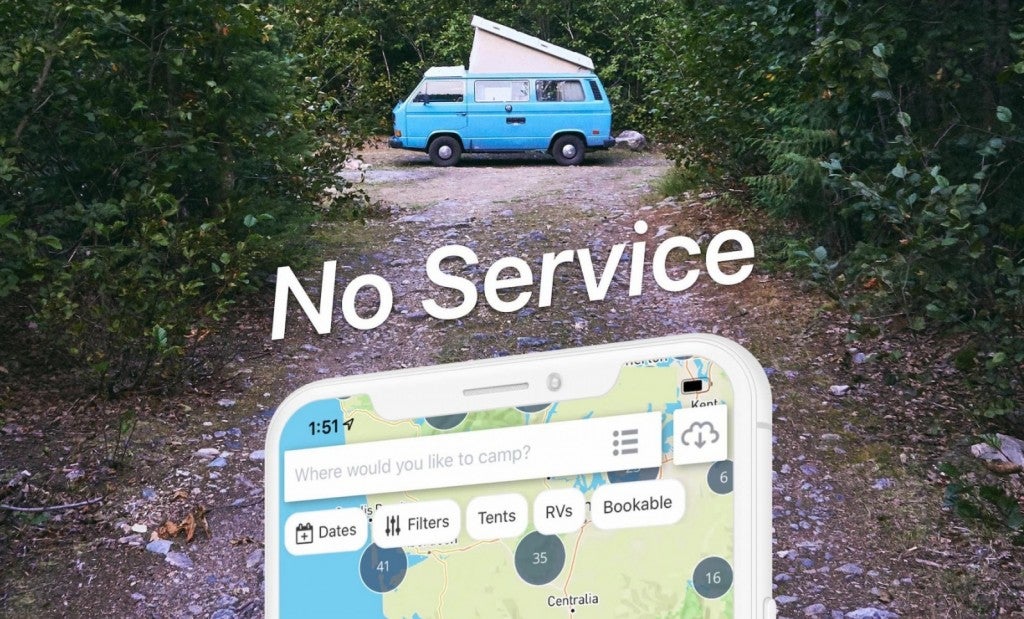When you’re in Dolly Sods Wilderness, you could be fooled into thinking you’re in the Canadian tundra. Winds have smoothed boulders and stunted trees. Open meadows, cascading streams and never-ending vistas define this high-altitude plateau in the Allegheny Mountains.
But the fascinating, complex history of the place and the deep affection and respect from locals are undoubtedly West Virginia-grown. The land first served as pasture, then military training ground, and now as protected wilderness—an adventurous camper’s dream.
The Fascinating History Behind Dolly Sods
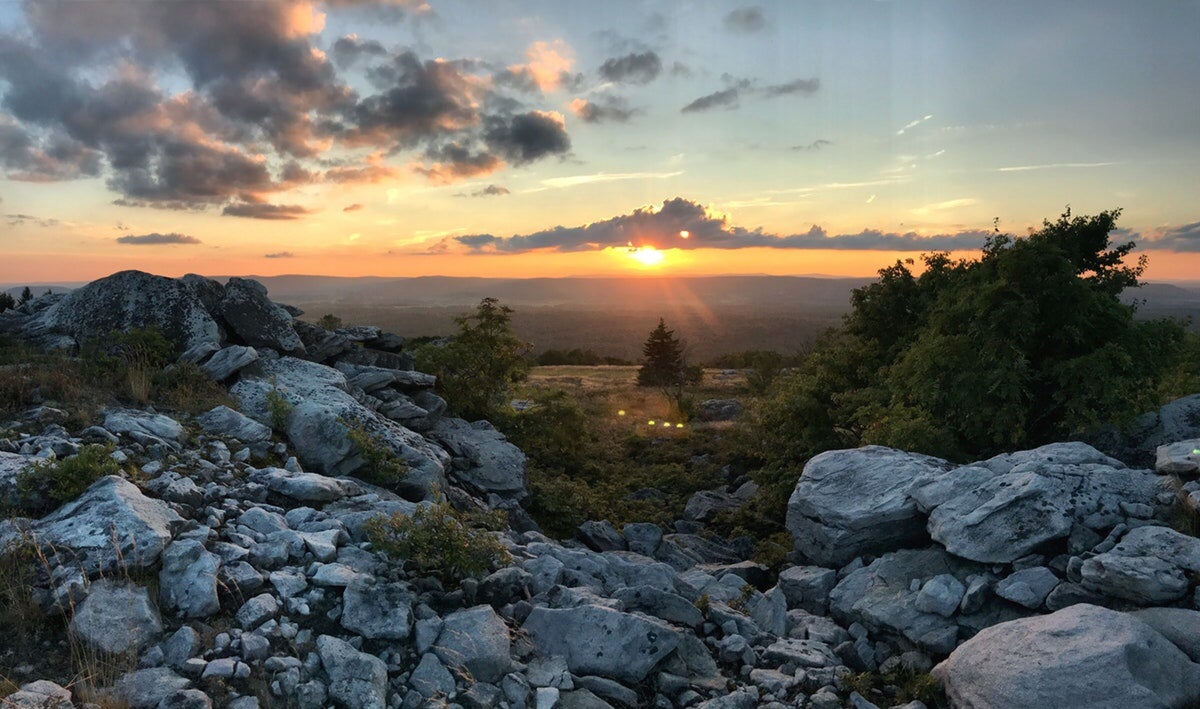
Image from The Dyrt Ranger Hannah V.
The high plateau was once covered in dense, ancient red spruce and eastern hemlock forest, some of the best in the Appalachian range. One account from 1852 tells of of the region’s “savage grandeur” written by David Hunter Strother for Harper’s Monthy, “Stories are told of hunters having ventured too far, becoming entangled, and perishing in its intricate labyrinths.”
What’s “Dolly” and what are “Sods”?
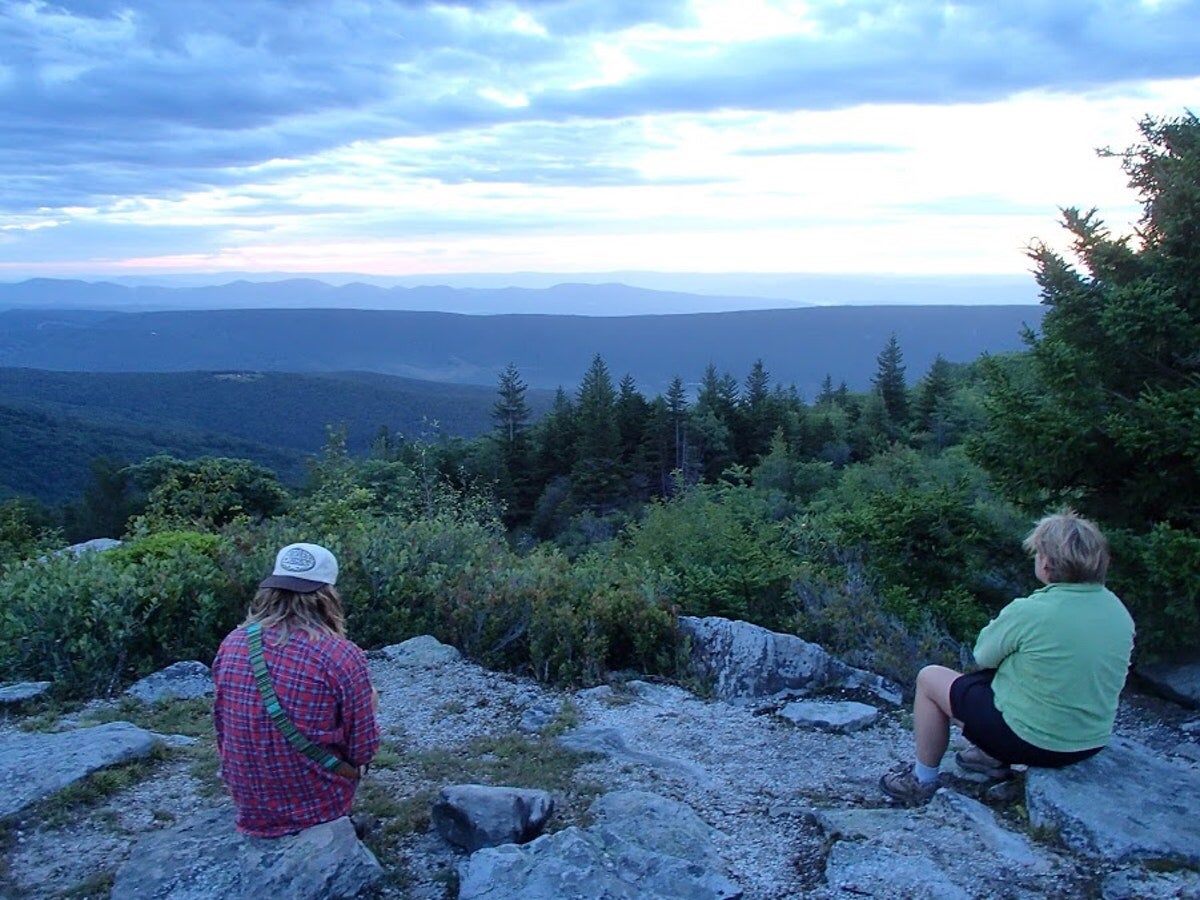
Image from The Dyrt Ranger Hannah V.
That changed slightly when immigrants from Germany decided to settle the area. They used natural open fields called “sods” and burned and logged more land to make pastures and farms. Among them was the Dahle family, who gave their name to the place. Through the years, “Dahle Sods” became “Dolly Sods,” and the area’s inhabitants eventually moved on to greener pastures.
A period of devastation
With the development of the locomotive, loggers began gaining access to the deep hollows of West Virginia. They cut down and carried out virtually every spruce and hemlock in the forest in the late 19th and early 20th century.
With the trees gone, the soil dried up, making the region vulnerable to wildfires. The fires ended up killing most life in the ecologically diverse and fragile area. The land has taken decades to start to recover.
Live ordnances just off trail
During World War II, in 1943 and 1944, the U.S. Army needed a practice artillery and mortar range, and chose Dolly Sods for its lack of wildlife or h. Some of the shells still exist in the area. In 1997, a crew removed fifteen mortar shells, some of which were still live, mostly along the Fisher Spring Run Trail.
The Forest Service warns hikers not to wander off trail due to the risk of live ordnances. If you find anything you think might be a shell, take note of the surroundings, walk back where you came from and report it to the Forest Service.
Today, a local favorite for hiking & camping
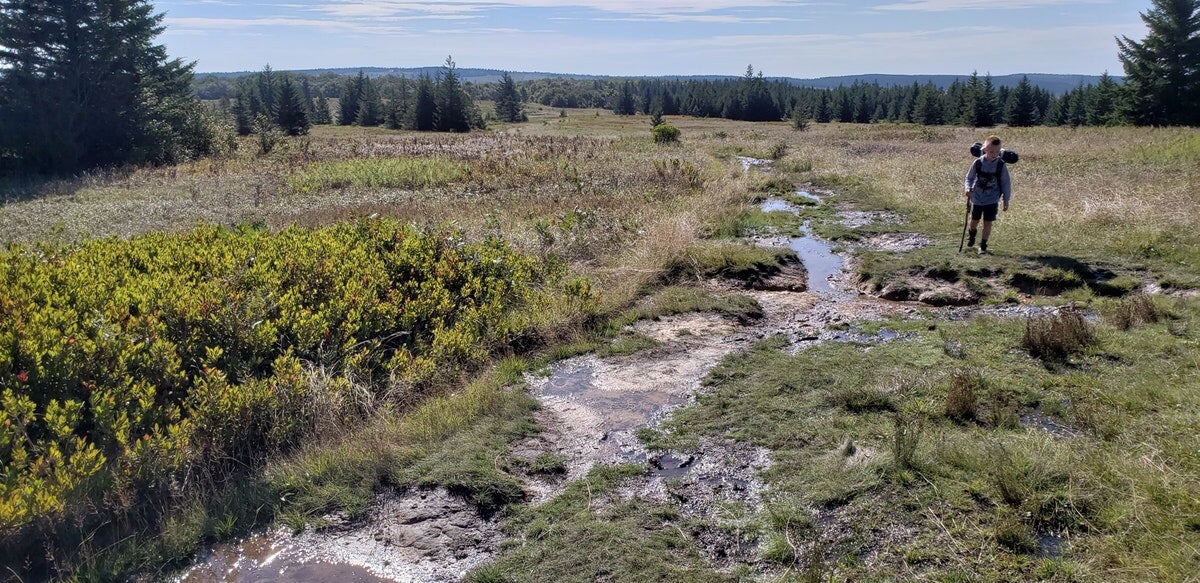
Image from The Dyrt camper Samantha S.
Today, the area is a hiker and camper’s paradise. There are 47 miles of hiking trails through varied terrain, offering everything from waterfalls and rock scrambles to meadows with blueberries and muddy bogs.
The northern part of the Dolly Sods wilderness area has more windswept, rocky landscapes. The open fields are called heath barrens, or more sweetly, huckleberry plains. You can also find spruce-edged cranberry bogs. The southern part has more dense underbrush, including giant ferns and thickets of rhododendron, and some recovering hardwood forest.
If you’re looking for views, make sure to visit the Rocky Ridge Trail (TR 524). Bear’s Rocks Trail, which is next to the forest road, makes a great photo pit stop from your car. Find the Bear Rocks Trailhead map here.
A quick warning on the mud: The Dyrt ranger Hannah V. writes “Be aware that during the summer lots of rain fall so trails will be muddy and some trails almost completely underwater, Dobbins Grade is one of the trails that typically is wet and muddy most of the summer and fall.” Another camper on The Dyrt, Samantha S., notes that knee-high rubber boots might be a smart packing choice.
Where to camp in Dolly Sods Wilderness
Camping areas in Dolly Sods are rustic offerings that put campers in direct contact with the nature around them. There’s one major campground in the center of the wilderness, and backcountry setups are an option as long as they are 300 feet from the forest roads. The easy-access ones make great in-and-out trips or basecamps to hike in further.
Red Creek Campground
If you’re looking to car camp, you have one option, but it’s a really good one. Red Creek Campground lies inside the Dolly Sods Scenic Area along Forest Road 75. It’s a small, primitive campground with only 12 sites and no electrical or water hookups. The sites are claimable on a first-come, first-serve basis.
Trees surround the campground, which means plenty of space to hang up your hammock or, if it’s hunting season, your game. The sites come with a fire-pit and picnic table. The campground is clean and includes toilets.
The best part: easy access to the day hiking trails in Dolly Sods Wilderness. The Blackbird Knob trailhead is 20 yards from the campground.
“The water pump no longer operates, however, there is a path that leads to a spring so just make sure to bring your own water or a way to treat the water from the spring. Campsite three was awesome! It was quiet and wooded and leads right up to a trail so super convenient!“ —The Dyrt camper Rachel H.
Backcountry
The crown jewel for hiking in the Monongahela National Forest, Dolly Sods Wilderness offers many hiking loops for backcountry camping, with stay limits ranging from one night to a week. There are no permits required. Groups of more than ten are prohibited. Campfires are allowed, but not close to the road, unless you’re at the campground.
The campsites along Red Creek, which crosses through the entire wilderness area, are particularly popular. Consider also camping at the base of Blackbird Knob or along Little Stonecoal.
Related Campgrounds:
- Mountain Lake Campground, Summersville, WV
- Long Point Campground, Fayetteville, WV
- Camp Creek WV, Camp Creek, WV
- Greenbrier River Campground, Alderson, WV
- Twin Hollow Campground, Gilbert, WV
- Ace Adventure, Oak Hill, WV
- Abram’s Creek Retreat & Campground, Elk Garden, WV
Popular Articles:
Articles on The Dyrt Magazine may contain links to affiliate websites. The Dyrt receives an affiliate commission for any purchases made by using such links at no additional cost to you the consumer.

